After taking a course of antibiotics, many people experience digestive discomfort, bloating, or changes in bowel habits. While antibiotics are essential for treating bacterial infections, they don’t discriminate between harmful bacteria and the beneficial microbes that support your gut health. This disruption can weaken your microbiome—the diverse community of trillions of microorganisms that play a crucial role in digestion, immunity, and overall wellness.
Restoring your gut after antibiotics isn’t just about feeling better in the short term—it’s about long-term health, too. An imbalanced microbiome has been linked to issues ranging from poor nutrient absorption and inflammation to weakened immunity and even mood disturbances. Fortunately, nature provides an abundance of foods that can help repopulate your gut with beneficial bacteria, nourish your digestive tract, and promote healing from within.
The key is to include both probiotic-rich foods—which introduce good bacteria—and prebiotic foods, which act as fuel for these microbes. Fermented items like yogurt, kimchi, and kombucha help reintroduce helpful strains, while fiber-packed vegetables, fruits, and nuts provide the nutrients your gut flora need to thrive. By focusing on the right mix of gut-healing foods, you can support a healthier, more balanced digestive system post-antibiotics—and boost your resilience for the future.
1. Yogurt with Live Cultures
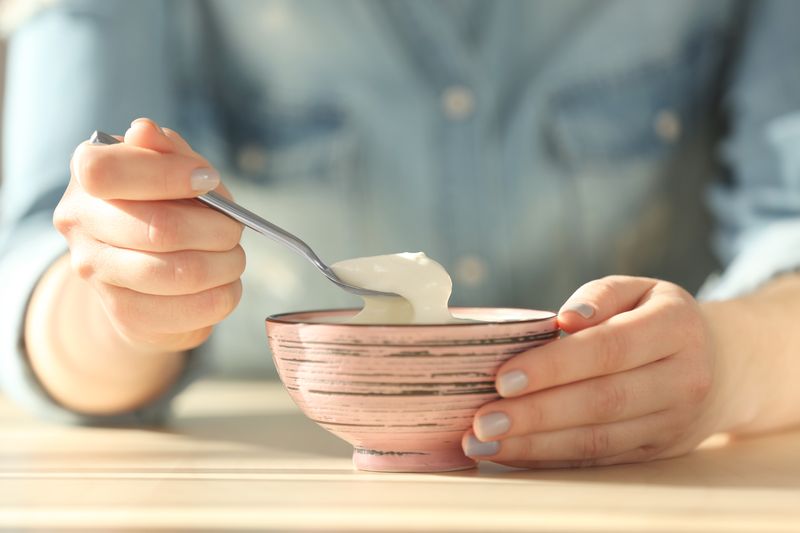
The creamy goodness of yogurt does more than just please your taste buds. When antibiotics clear out your gut bacteria—both good and bad—yogurt steps in as a superhero food, delivering billions of beneficial microorganisms directly to your digestive system. Look specifically for containers labeled with “live and active cultures” to ensure you’re getting the probiotic benefits. These living microbes, especially Lactobacillus and Bifidobacterium strains, help recolonize your gut with friendly bacteria that support digestion and immune function. For maximum benefit, choose plain, unsweetened varieties since sugar can feed harmful bacteria. A small bowl daily, perhaps topped with fruit or honey for sweetness, can significantly help restore your gut’s natural balance after a course of antibiotics.
2. Kefir
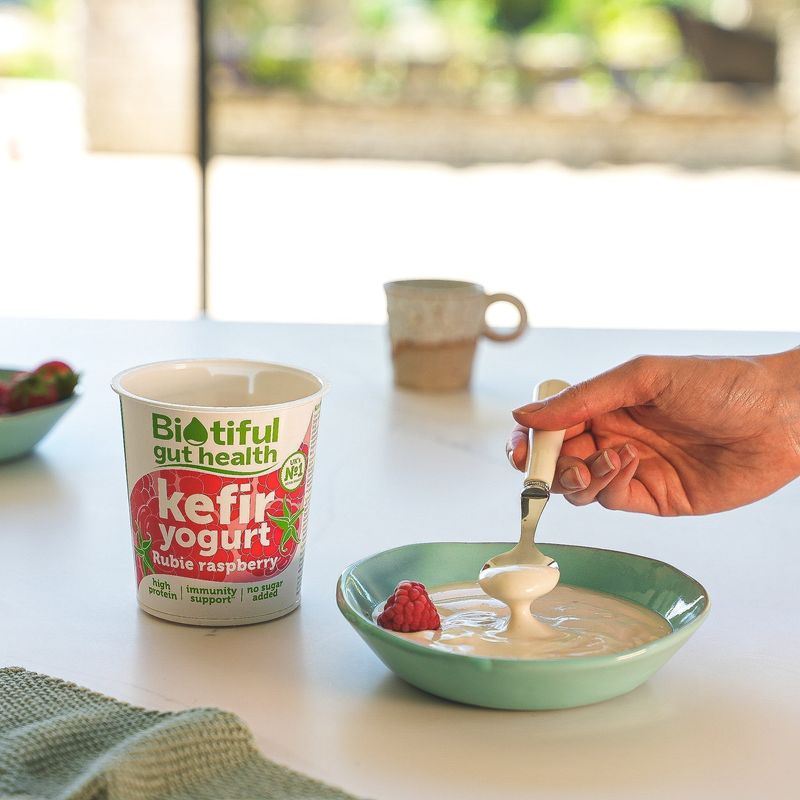
Move over yogurt—kefir is the probiotic powerhouse you might not know about. This tangy, drinkable fermented milk product contains up to three times more probiotic strains than yogurt, making it especially valuable after antibiotic treatment. Originally from the Caucasus Mountains, kefir is made by adding kefir grains (which aren’t actual grains but colonies of yeast and bacteria) to milk. The fermentation process creates a diverse ecosystem of beneficial microorganisms that help restore gut flora diversity. A single cup provides not only probiotics but also vitamins, minerals, and easily digestible protein. The slightly fizzy, tart flavor might take some getting used to, but many people enjoy it plain or blended with fruit into a smoothie for an extra gut-healing boost.
3. Sauerkraut
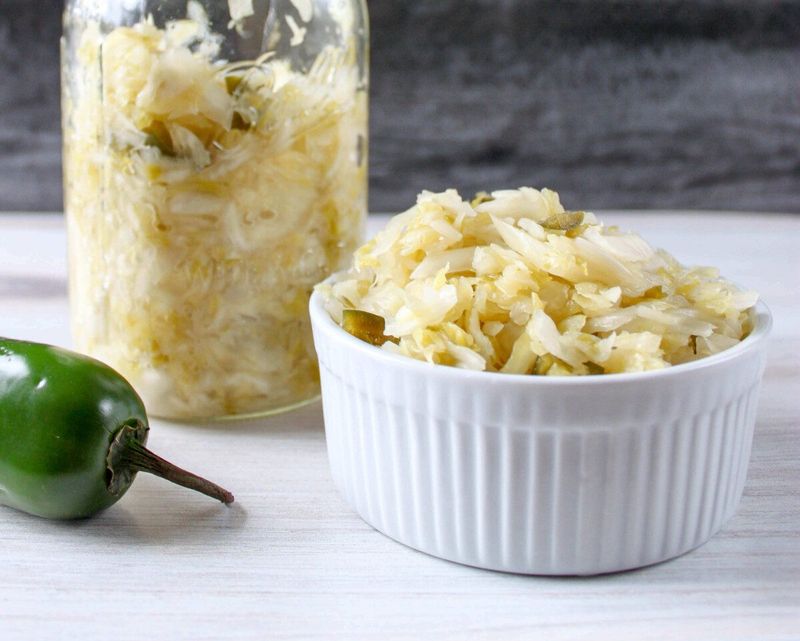
Tangy, crunchy sauerkraut isn’t just a hot dog topping—it’s a fermentation marvel that can help rebuild your gut microbiome. Made from cabbage fermented with lactic acid bacteria, traditional unpasteurized sauerkraut delivers living probiotics straight to your digestive system. The fermentation process creates an environment where beneficial bacteria thrive, producing a food that’s been used for centuries to support digestive health. Beyond probiotics, sauerkraut offers fiber that feeds your good gut bacteria and vitamin C that supports immune function. The key is choosing raw, unpasteurized versions found in refrigerated sections of grocery stores or making your own at home. Heat-treated versions still provide fiber but lack the living bacteria that make this food so valuable for post-antibiotic recovery. Just two tablespoons daily can contribute to rebuilding your gut’s bacterial community.
4. Kimchi

Fiery and flavorful, kimchi brings more than just heat to your meals—it delivers a powerful dose of live bacteria to your recovering gut. This Korean staple combines cabbage with radishes, scallions, garlic, ginger, and chili peppers, creating a fermented dish that’s bursting with probiotics. The star microbe in kimchi, Lactobacillus plantarum, has been shown to survive stomach acid and reach the intestines where it can help restore balance. The vegetables provide prebiotic fiber that feeds these good bacteria, creating a double benefit for your digestive system. Beyond gut health, kimchi contains compounds that may reduce inflammation and support immune function—both particularly important after antibiotic use. Start with small amounts (a tablespoon or two) if you’re not used to spicy foods, and gradually increase as your palate and gut adapt to this probiotic-rich condiment.
5. Miso
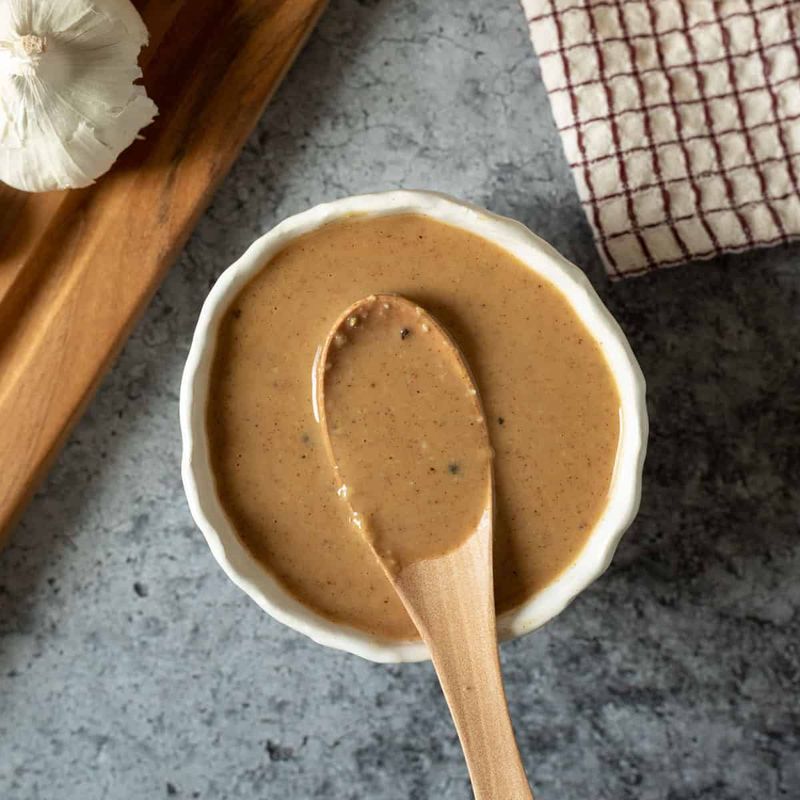
Ancient wisdom meets modern nutrition in miso, a traditional Japanese seasoning with remarkable gut-healing properties. Created by fermenting soybeans with salt and koji (a type of fungus), miso transforms into a paste packed with enzymes, probiotics, and umami flavor. The fermentation process can last anywhere from a few weeks to several years, developing complex flavors and beneficial microorganisms along the way. These living probiotics help repopulate your gut with friendly bacteria after antibiotics have cleared them out. For maximum probiotic benefit, add miso to dishes after they’ve been removed from heat, as high temperatures can kill the beneficial organisms. Try stirring a tablespoon into cooked soups once they’ve cooled slightly, or whisking it into salad dressings. The savory depth it adds to foods makes it easy to incorporate this healing ingredient into your post-antibiotic recovery diet.
6. Kombucha
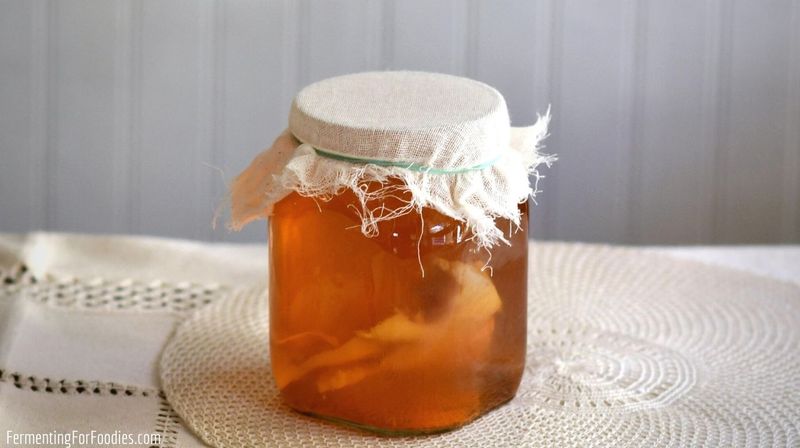
Fizzy, tangy, and slightly sweet, kombucha has exploded in popularity—and for good reason. This fermented tea beverage begins as sweetened tea that’s transformed by a SCOBY (Symbiotic Culture Of Bacteria and Yeast), creating a probiotic-rich drink that can help restore gut balance. During fermentation, the SCOBY consumes most of the sugar while producing beneficial acids and probiotic organisms. These living microbes may help repopulate your gut with friendly bacteria after antibiotics have disrupted your natural balance. The organic acids in kombucha also support digestion and help maintain a healthy pH in your digestive tract. When choosing kombucha, opt for varieties with less than 5 grams of sugar per serving to avoid feeding unwanted yeast in your gut. Start with small amounts—around 4 ounces daily—and gradually increase as your system adjusts to this effervescent gut-healing beverage.
7. Onions

Garlic, onions, and leeks might make your breath smell, but they work wonders for your gut microbiome. These aromatic vegetables contain inulin, a special type of fiber that acts as food for beneficial bacteria in your digestive tract. Think of prebiotics as fertilizer for your gut garden—they don’t contain bacteria themselves but provide the perfect nourishment for good bacteria to flourish. When antibiotics wipe out your gut bacteria, these foods help the remaining beneficial microbes recover and multiply faster. The prebiotic effect begins when these foods reach your large intestine undigested, where they’re fermented by gut bacteria. This fermentation process produces short-chain fatty acids that help reduce inflammation and strengthen your gut barrier. Aim to include these foods daily in your meals—add minced garlic to sauces, sauté onions as a base for soups, or include sliced leeks in stir-fries.
8. Bananas
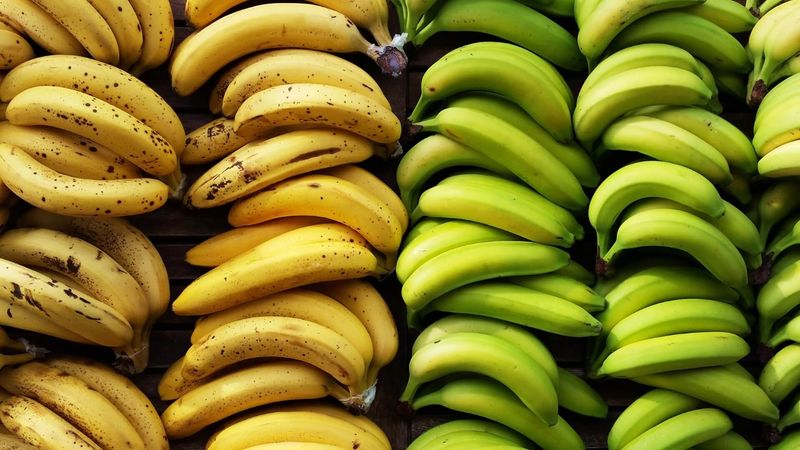
Nature’s perfect portable snack offers more than convenience—it’s also a gut-healing powerhouse after antibiotic treatment. Bananas contain both soluble and insoluble fiber, but it’s the specific type called pectin that makes them special for your recovering digestive system. Slightly underripe bananas contain resistant starch, a prebiotic fiber that passes through your stomach and small intestine unchanged until it reaches the colon. There, your beneficial bacteria feast on it, producing short-chain fatty acids that nourish your gut lining and reduce inflammation. Bananas also provide potassium and magnesium that help restore electrolyte balance if you’ve experienced diarrhea from antibiotics. Their gentle, binding nature helps normalize bowel movements while their natural sugars provide quick energy when your digestion might be compromised. Try adding sliced bananas to oatmeal or yogurt for a gut-healing breakfast after antibiotic treatment.
9. Sweet Potatoes
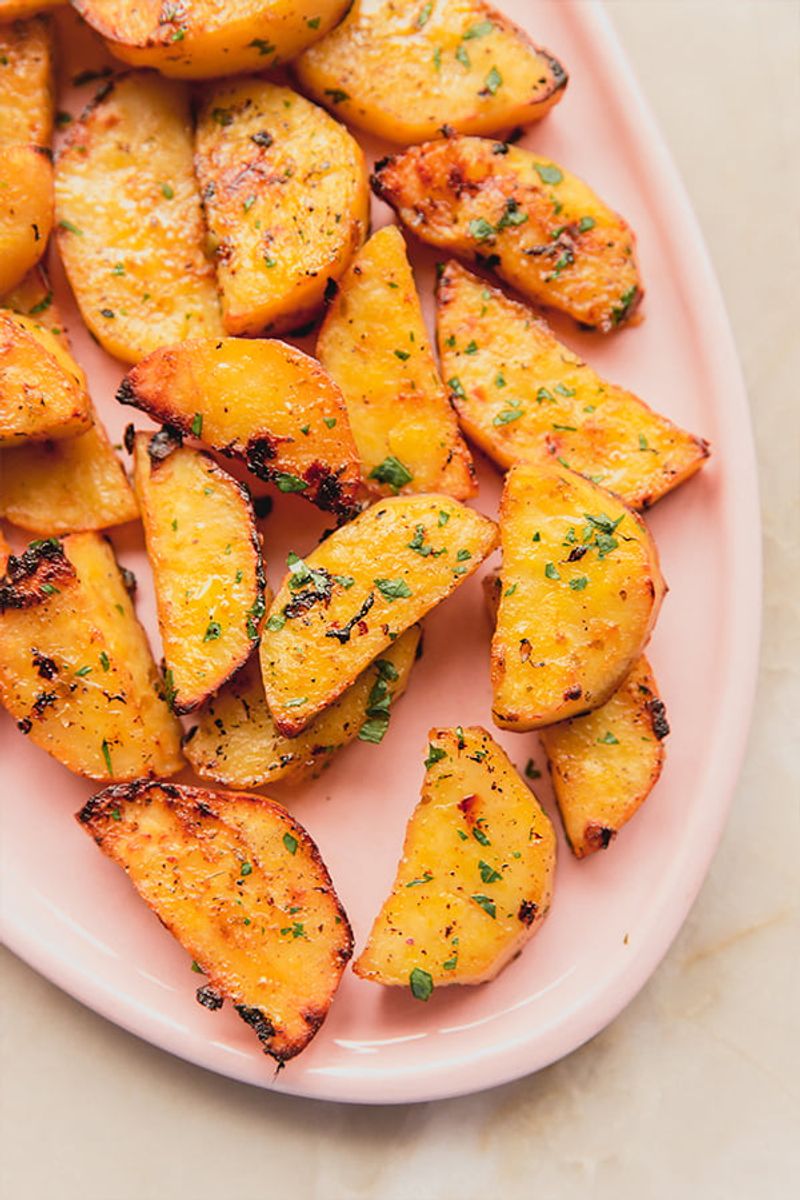
Vibrant orange and naturally sweet, these root vegetables deliver a powerful combination of gut-healing properties. Sweet potatoes contain resistant starch—a type of carbohydrate that resists digestion in the small intestine and reaches the colon intact, where it becomes food for beneficial bacteria. When your gut microbes ferment this resistant starch, they produce butyrate, a short-chain fatty acid that serves as the primary energy source for the cells lining your colon. This process helps reduce inflammation and strengthen your intestinal barrier, which may be compromised after antibiotic use. Beyond their prebiotic benefits, sweet potatoes provide beta-carotene, which supports immune function and helps maintain the integrity of the intestinal lining. Roasting sweet potatoes enhances their natural sweetness while preserving their fiber content, making them a delicious addition to meals as you rebuild your gut health after antibiotics.
10. Avocados
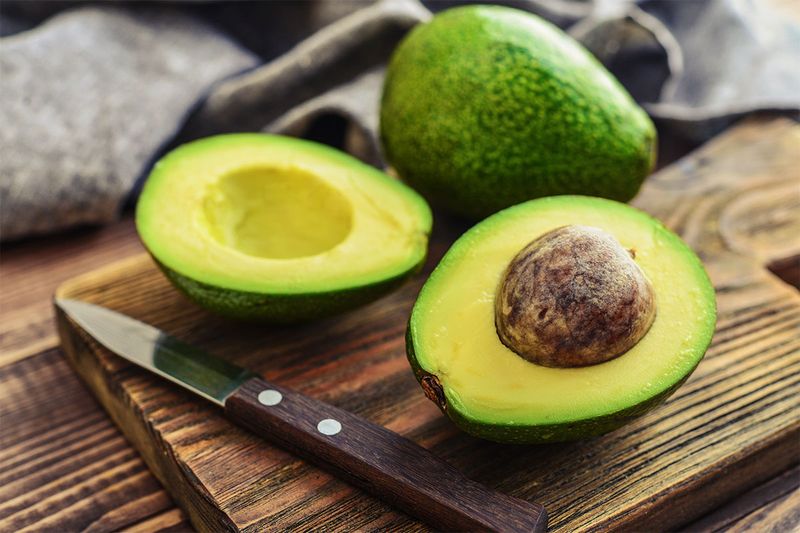
Creamy, nutrient-dense avocados offer more than just trendy toast toppings—they provide exceptional support for your recovering gut. Rich in soluble fiber, a single avocado contains around 10-14 grams of fiber that feeds beneficial bacteria while helping to regulate bowel movements that may be disturbed after antibiotic use. The healthy monounsaturated fats in avocados help reduce inflammation throughout the digestive tract and enhance absorption of fat-soluble nutrients from other foods. These fats also support the integrity of cell membranes in your gut lining, helping to prevent leaky gut issues that can follow antibiotic treatment. Avocados provide glutathione, a powerful antioxidant that helps detoxify the digestive system and reduce oxidative stress. Their creamy texture makes them easy to digest even when your gut is sensitive. Try adding sliced avocado to salads, blending into smoothies, or simply enjoying with a sprinkle of salt and lemon juice as part of your gut recovery plan.
11. Asparagus
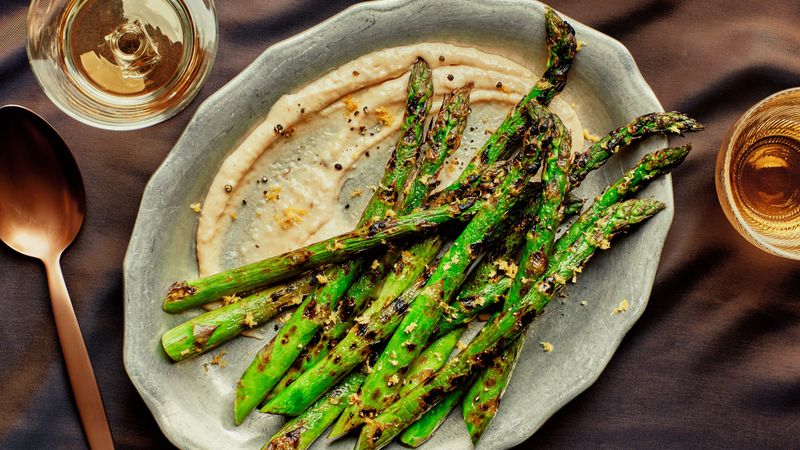
Slender green spears of asparagus may be the ultimate prebiotic vegetable for rebuilding gut health after antibiotics. These spring vegetables are packed with inulin and fructooligosaccharides (FOS), specialized fibers that selectively feed beneficial Bifidobacteria and other healthy microbes in your colon. Research suggests the prebiotic fibers in asparagus may be particularly effective at increasing the production of short-chain fatty acids that nourish colon cells and reduce inflammation. Asparagus also contains glutathione, a powerful antioxidant that supports detoxification—helpful when your body is clearing antibiotic residues. The natural compounds in asparagus act as gentle diuretics, helping your body eliminate toxins and excess fluid that might accumulate during medication use. Lightly steaming asparagus preserves both its prebiotic properties and its tender texture. Try adding it to omelets, salads, or as a side dish drizzled with olive oil to maximize its gut-healing potential.
12. Bone Broth
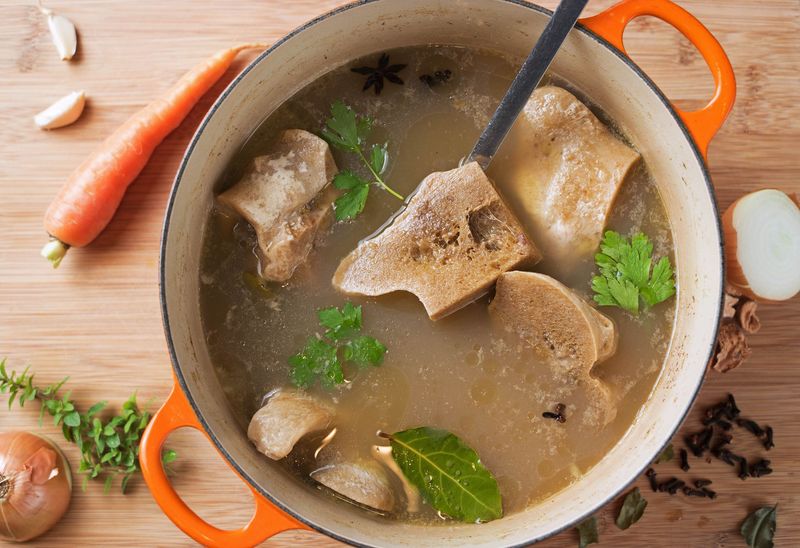
Grandma’s chicken soup wisdom gets scientific backing in bone broth—a traditional healing food that’s particularly valuable after antibiotic treatment. Made by simmering animal bones and connective tissue for extended periods, bone broth releases collagen, gelatin, and amino acids that directly nourish and repair your gut lining. The star nutrient is glutamine, an amino acid that serves as primary fuel for cells in your small intestine. After antibiotics potentially damage these cells, glutamine helps rebuild the intestinal lining and reduce permeability that can lead to leaky gut syndrome. The gelatin in bone broth attracts and holds liquid in your digestive tract, supporting proper digestion and protecting the gut lining from irritation. Minerals like calcium, magnesium, and phosphorus leached from the bones support overall healing. Sipping warm bone broth daily provides these nutrients in an easily digestible form while giving your digestive system gentle support during recovery.
13. Apples with Skin
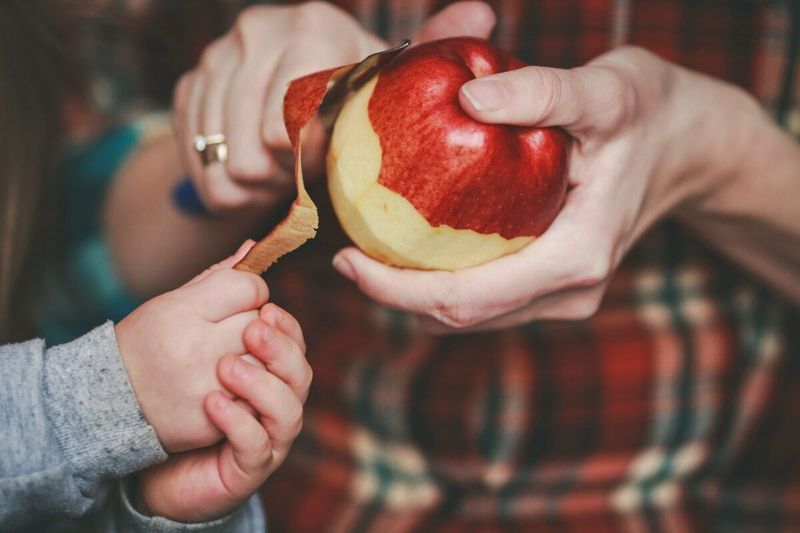
“An apple a day” takes on new meaning when rebuilding gut health after antibiotics. These common fruits contain pectin, a soluble fiber that acts as a prebiotic feast for beneficial bacteria, particularly Bifidobacteria—one of the most important bacterial groups often depleted by antibiotic use. The skin contains most of the apple’s insoluble fiber, which adds bulk to stool and helps prevent constipation that sometimes follows antibiotic treatment. It also houses polyphenols like quercetin that reduce inflammation and act as antioxidants in your digestive tract. Apples’ unique fiber blend helps slow digestion, stabilize blood sugar, and create a feeling of fullness—all beneficial when your digestive system is recovering. For maximum gut benefits, choose organic apples and eat them with the skin intact. Try slicing them into yogurt, adding to oatmeal, or simply enjoying whole as a convenient gut-supporting snack that requires no preparation.
14. Nuts and Seeds
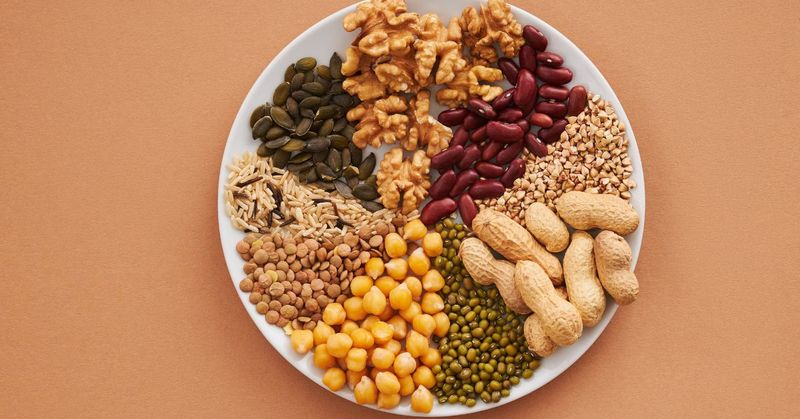
Small but mighty, nuts and seeds deliver concentrated gut-healing nutrition after antibiotic treatment. Almonds, chia, flax, and walnuts contain both soluble and insoluble fiber that support diverse bacterial growth in your intestines and help regulate bowel movements that may be disrupted after medication. The omega-3 fatty acids in walnuts, chia, and flax seeds reduce inflammation throughout your digestive tract, helping calm irritation that antibiotics might cause. These healthy fats also support the integrity of cell membranes in your gut lining. Nuts and seeds contain polyphenols that act as prebiotics, stimulating the growth of beneficial bacteria like Bifidobacteria and Lactobacilli. Their protein content provides building blocks for tissue repair when your gut lining needs healing. Sprinkle ground flax or chia seeds onto yogurt, add chopped walnuts to oatmeal, or enjoy a handful of almonds as a snack to incorporate these powerful gut healers into your daily routine.
Leave a comment